New Investment Outlook on Latin America Offers Practical Insights
A comprehensive report on the investment environment in Latin America and the Caribbean, released jointly by Dagong Global Credit Rating and Tsinghua University's Institute of the Belt and Road Initiative, sheds light on emerging opportunities and structural risks in the region—delivering valuable intelligence for global investors navigating a volatile geopolitical and economic landscape.
Published in Beijing on May 12, the report evaluates the medium- and long-term development potential of Latin American economies, emphasizing their natural resource wealth, expanding domestic markets, and increasing alignment on green and digital transitions. It also highlights five key markets—Brazil, Mexico, Chile, Peru, and Colombia—where foreign investment is likely to see the most traction.
While the report is intended to support Chinese enterprises exploring global markets, its findings offer actionable insights for banks, multinational corporations, export insurers, legal and accounting professionals, and government investment agencies beyond China. The document stands out for its attempt to benchmark regional investment climate and sovereign risk in a way that parallels established Western rating agencies such as Moody's, S&P, and Fitch, but with a differentiated lens on emerging markets.

Brazil: Scale and Stability Drive Investment Potential
Brazil remains the anchor of regional opportunity, according to the report, due to its vast economic scale, natural resource endowment, political stability, and access to diversified financing channels. Sectors such as agriculture, renewable energy, and hydrogen production are singled out as promising frontiers. As the world's second-largest producer of soybeans and a major player in biofuels, Brazil's decarbonization efforts align with the energy transition priorities of many global institutional investors.
For non-Chinese firms engaged in global supply chain resilience and clean energy investments, Brazil's regulatory framework and infrastructure demands make it a viable candidate for long-term capital deployment. Moreover, its mature domestic capital markets provide flexibility in structuring investment vehicles.

Mexico: Strategic Geography, but Policy Volatility Persists
Mexico's status as a manufacturing hub and its participation in the US-Mexico-Canada Agreement (USMCA) have boosted its attractiveness for foreign direct investment, particularly in automotive, electronics, and nearshoring logistics. However, the report cautions about policy uncertainties tied to Mexico's economic dependency on the U.S.—a factor relevant for any foreign investor seeking predictability.
Opportunities in digital and green economy cooperation between China and Mexico could extend to other international investors, especially in e-commerce logistics and sustainable urban infrastructure. Still, close monitoring of regulatory shifts and taxation reforms is advisable for those considering medium-term exposure.
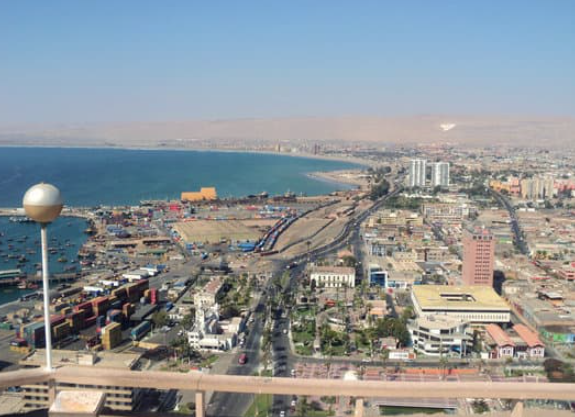
Chile and Peru: High Institutional Quality, Resource-Driven Growth
Chile is lauded for its open institutional environment, skilled workforce, and progressive green transition policies. These attributes have long appealed to ESG-focused funds and infrastructure investors. Its lithium reserves, critical to the global battery supply chain, further raise the country's profile in green industrial policy circles.
Peru, one of Latin America's fastest-growing economies, is recognized for developing a relatively transparent and efficient investment system. With strong prospects in port logistics, mining, and fintech, Peru is increasingly being integrated into global financial services ecosystems. This presents opportunities for investment managers, development finance institutions, and trade credit insurers seeking structured growth strategies in frontier markets.
Colombia: Regional Gateway with Diversified Industry Base
Colombia's geographic accessibility and diversified economy position it as a pivotal hub for sustainable development cooperation. The report highlights opportunities in infrastructure finance, transportation, and urban development. However, labor relations and tax risk remain key due diligence areas for foreign investors—particularly those planning greenfield investments or long-term operations.
With a growing network of free trade agreements and a push for innovation-led industrial policy, Colombia's appeal lies in its balance between traditional and emerging sectors. Firms focused on Latin American expansion strategies will find its capital Bogotá increasingly positioned as a commercial and logistics node.










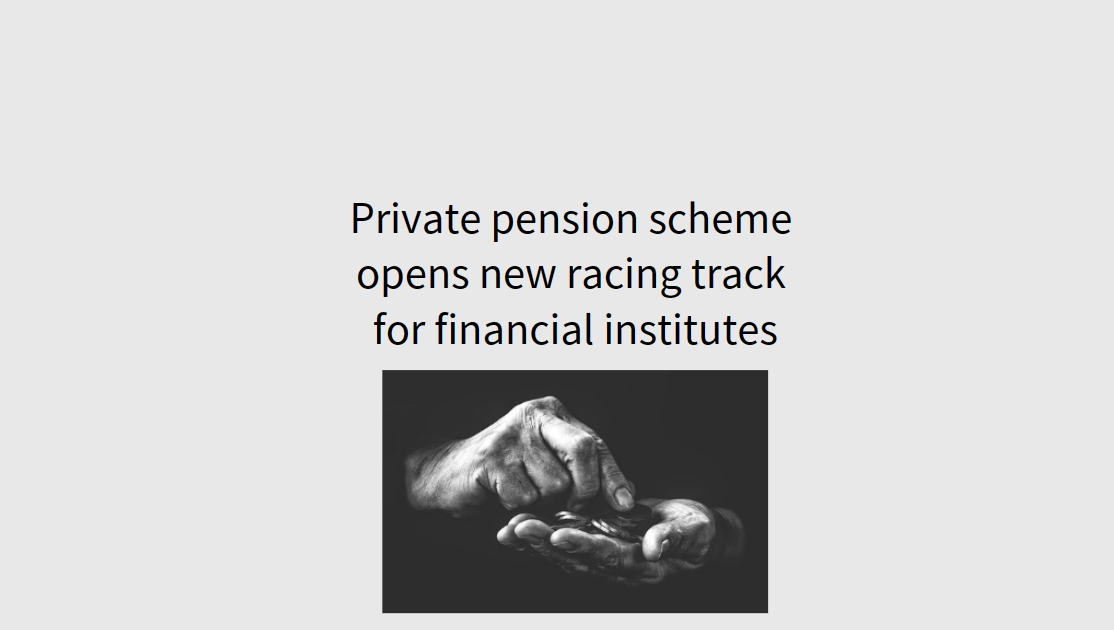
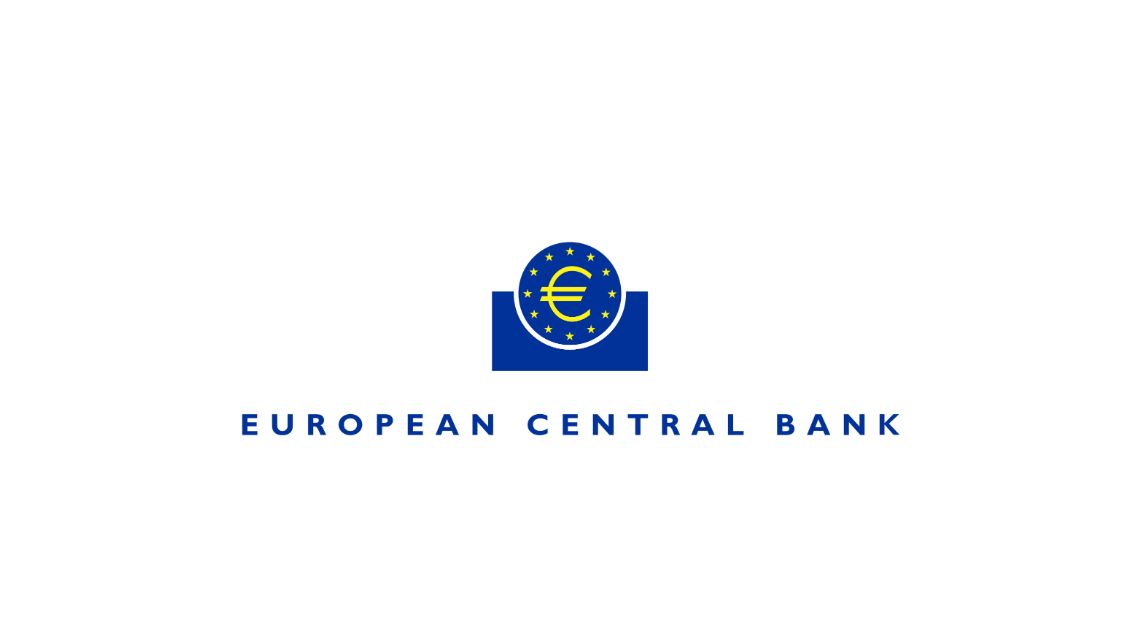
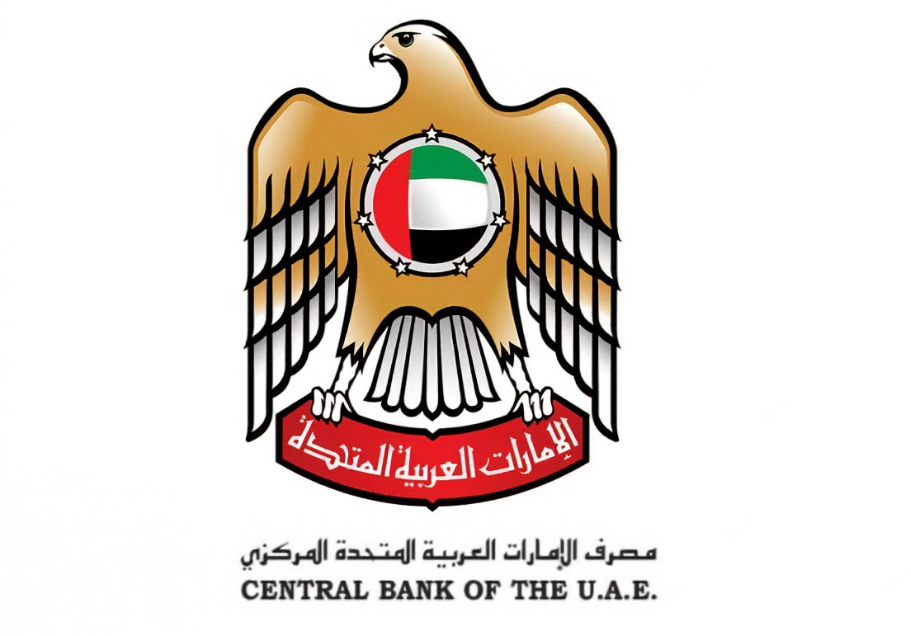
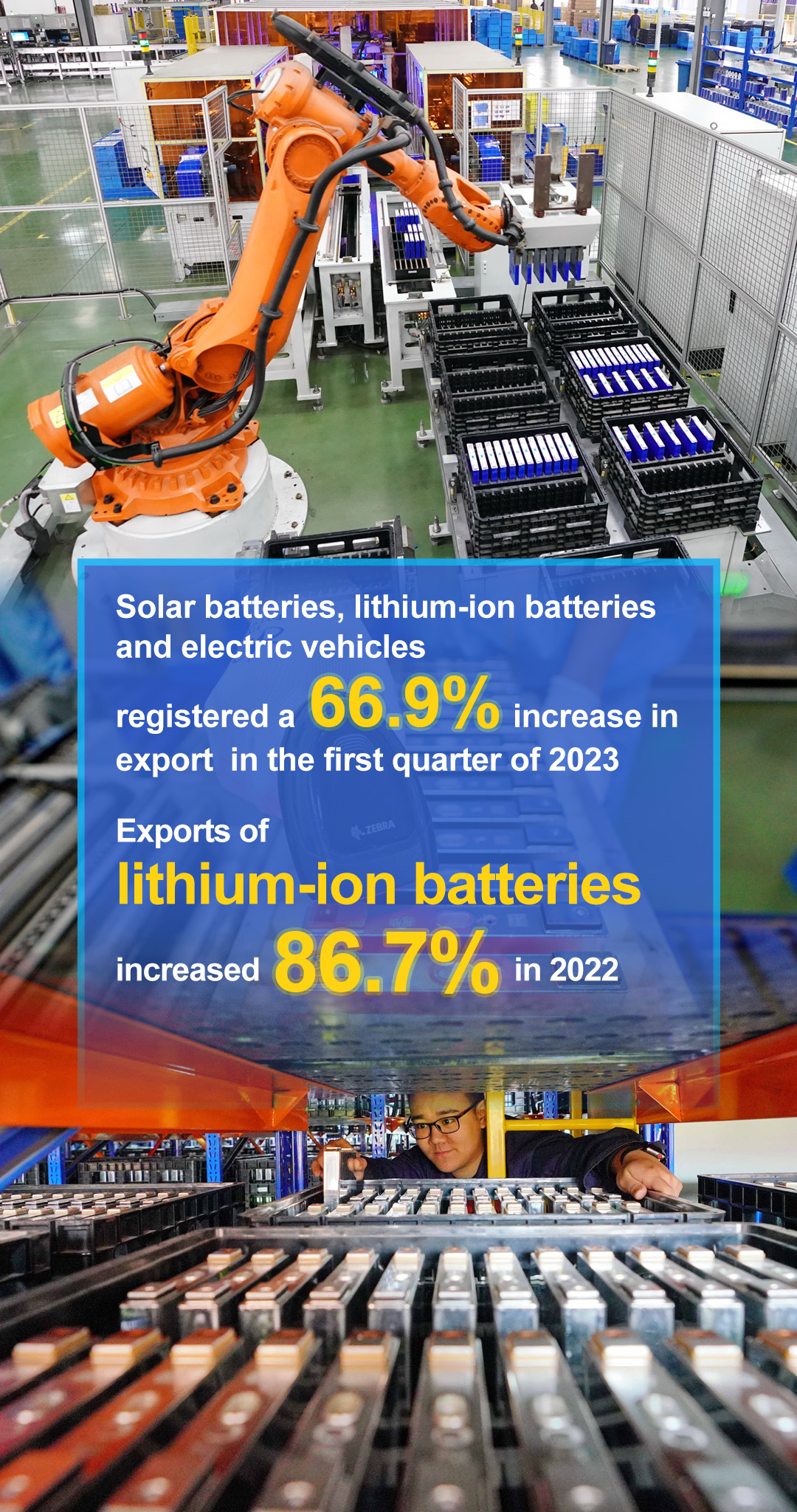
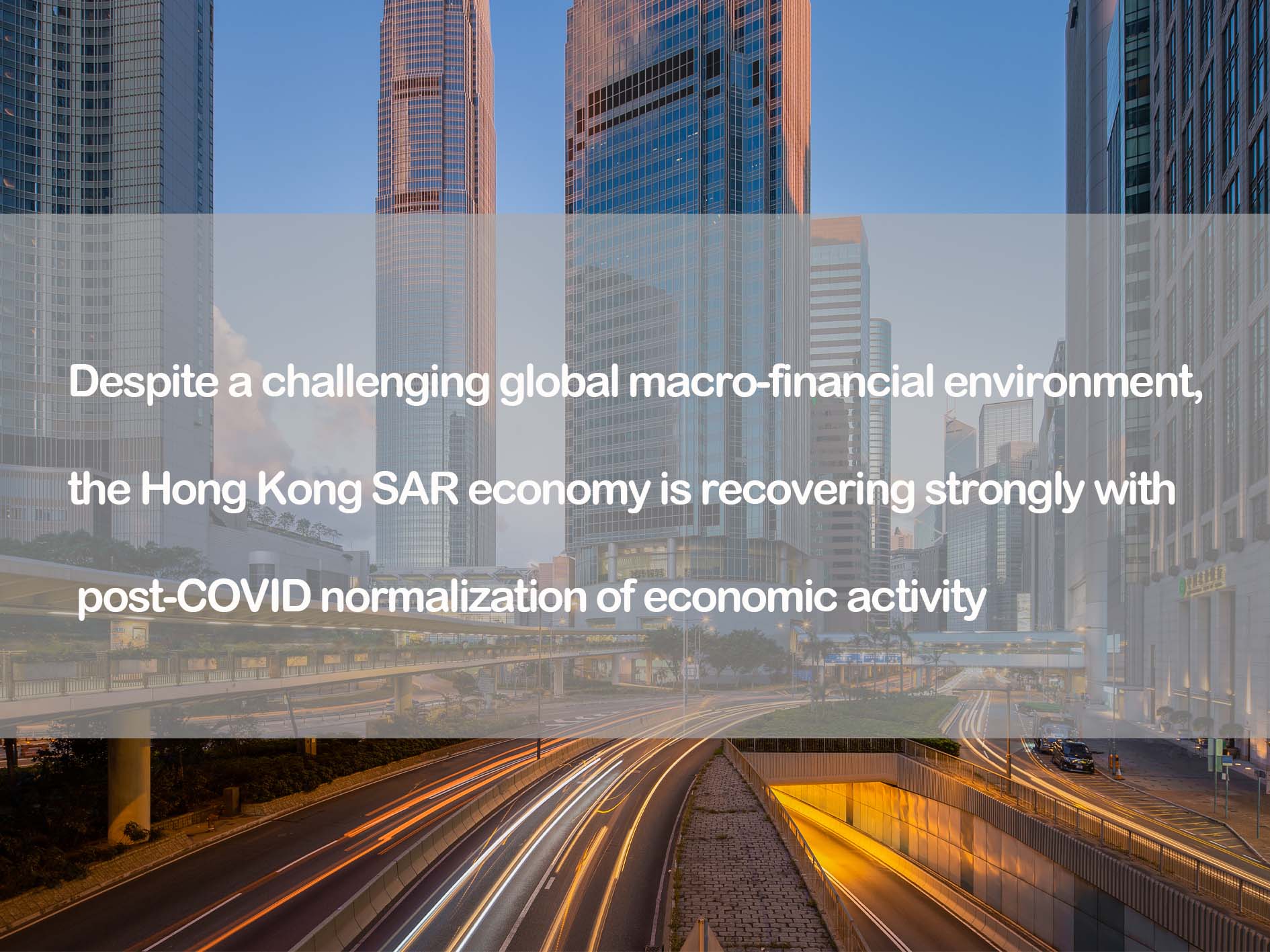


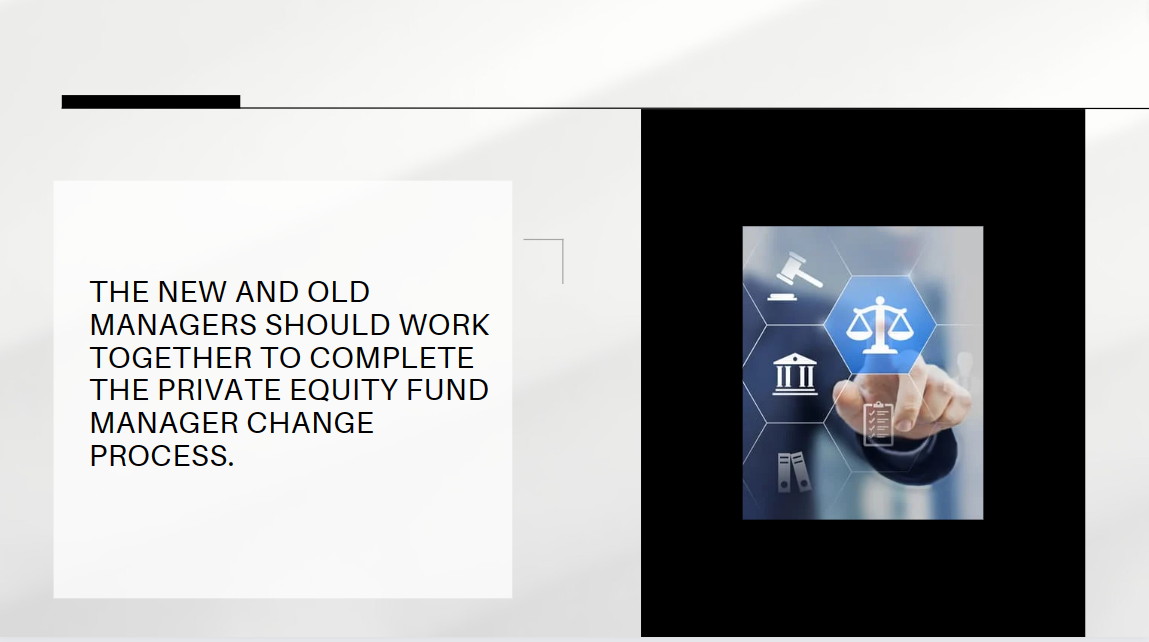
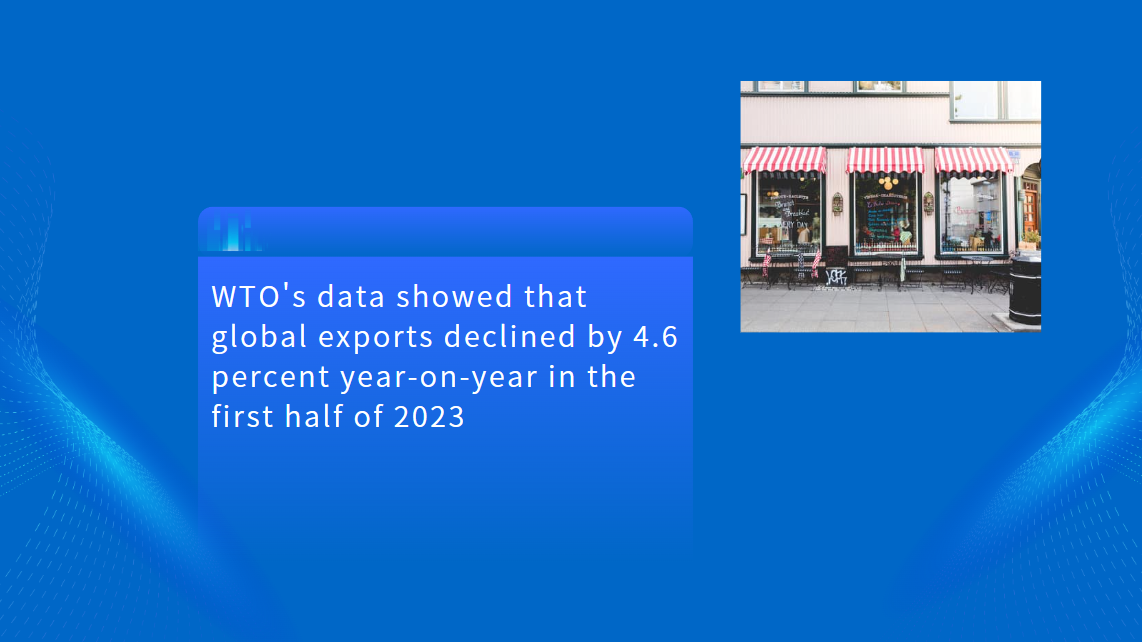
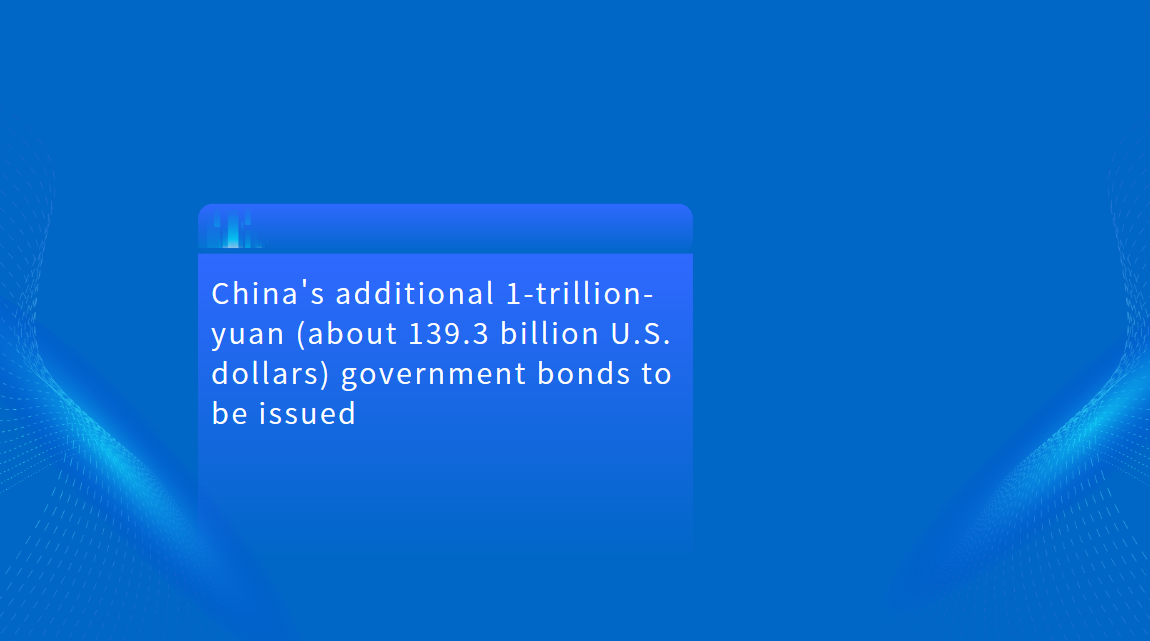


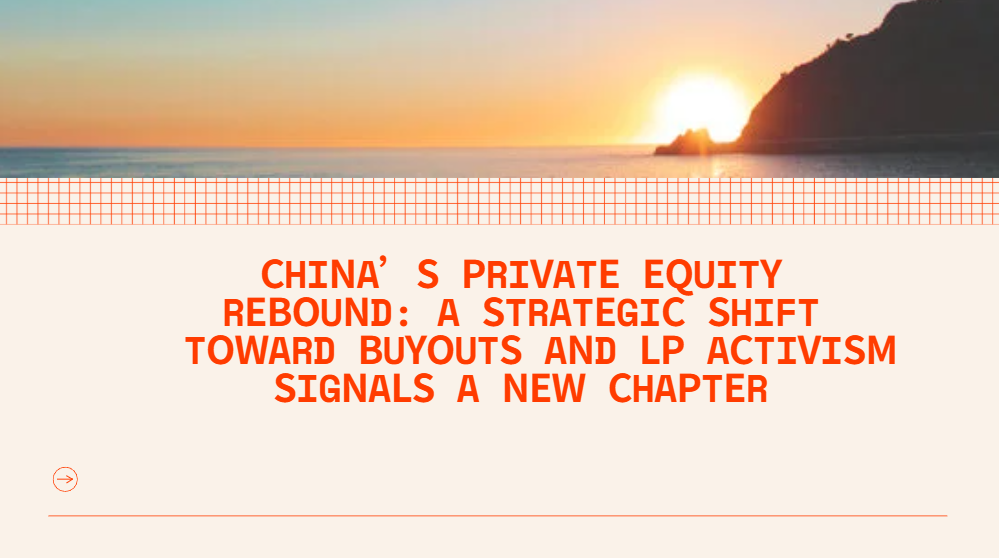
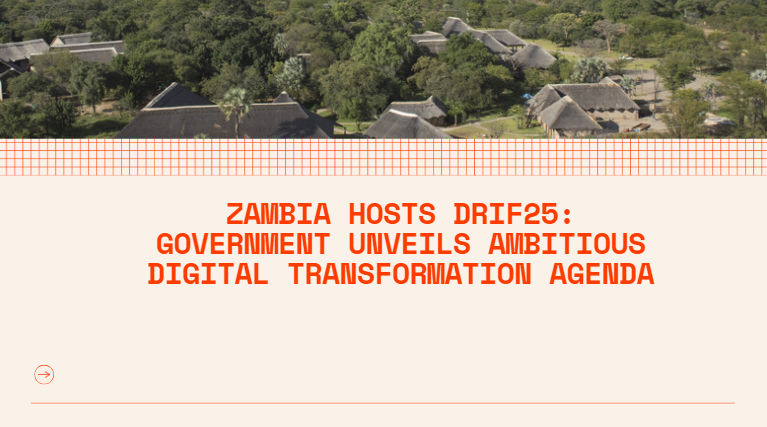
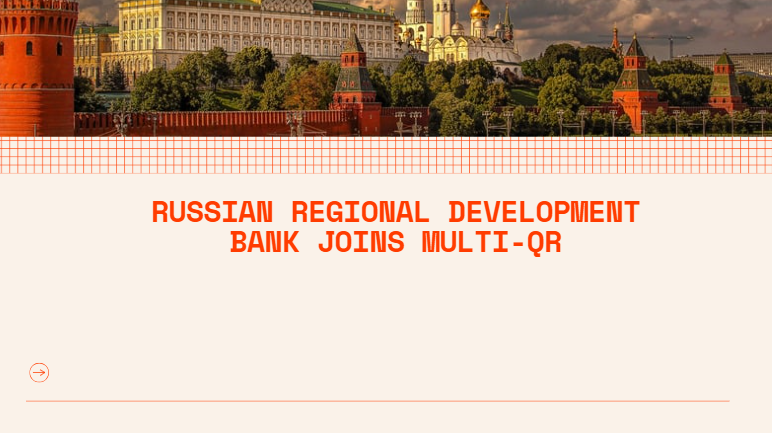















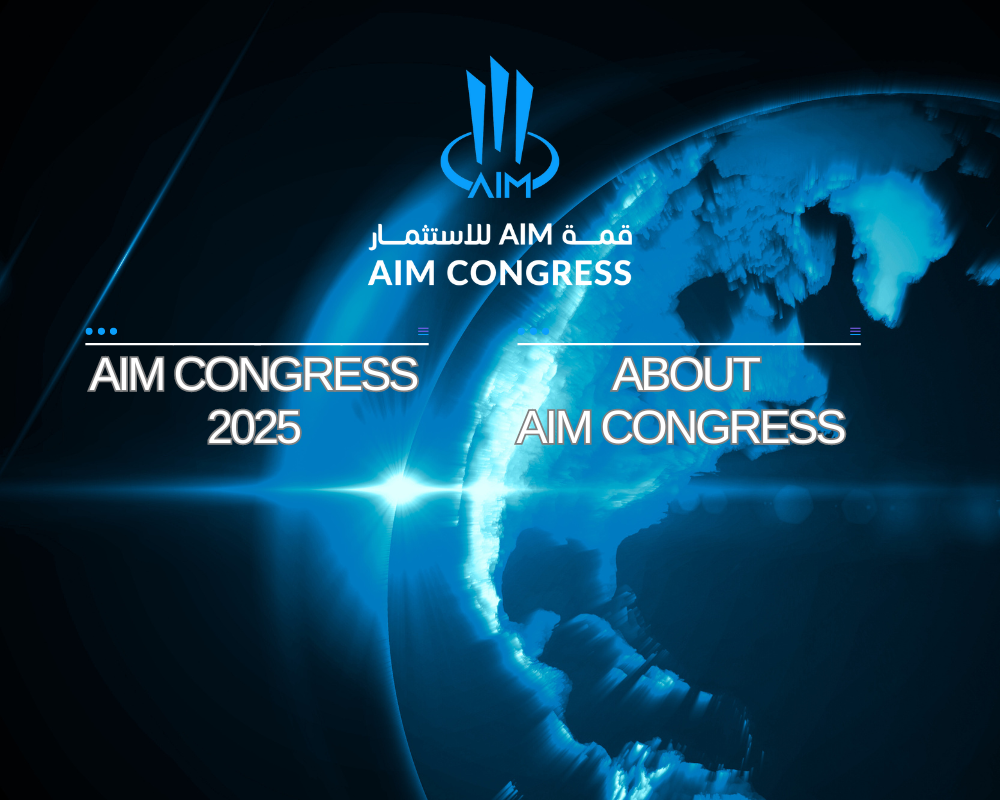












First, please LoginComment After ~